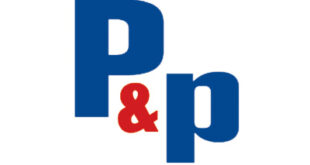Researchers at the Hohenstein Institute in Germany have developed friction-optimised textiles that are worn next to the skin.
The digital analytical process uses a new microscopy technique, meaning scientists are now able to describe the mechanical nature of the contact between textile surfaces and skin in far greater detail. It is thought this process will mainly help the industry improve the friction properties of textiles that come into direct contact with the skin.
Scientists at the institute used a state-of-the-art 3D digital microscope to carry out their topographical analysis. This allowed the structure of the surface to be analysed in great detail, from the macro- to the micro-texture. The process also made it possible to predict where and how a fabric will contact and rub against human skin, especially when the textile is pressed vertically down on to the surface of the skin. It can therefore be predicated exactly which textile structures will touch the skin as contact increases and what proportion of them will do so.
This 3D surface analysis of textiles can be applied to all textiles worn next to the skin, which exert considerable and lasting mechanical strain on the wearer’s skin during normal use, for example when exercising or when protective clothing, orthoses, prostheses or support stockings are worn.
Studies show that there is a growing demand for new surface-optimised textiles of this kind, because an increasing number of people suffer from over-sensitive skin conditions. The method can also be used to gain a better understanding of capillary effects in textiles e.g. the way fluid and odour spread during sweating.
 Printwear & Promotion The Total Promotional Package
Printwear & Promotion The Total Promotional Package




